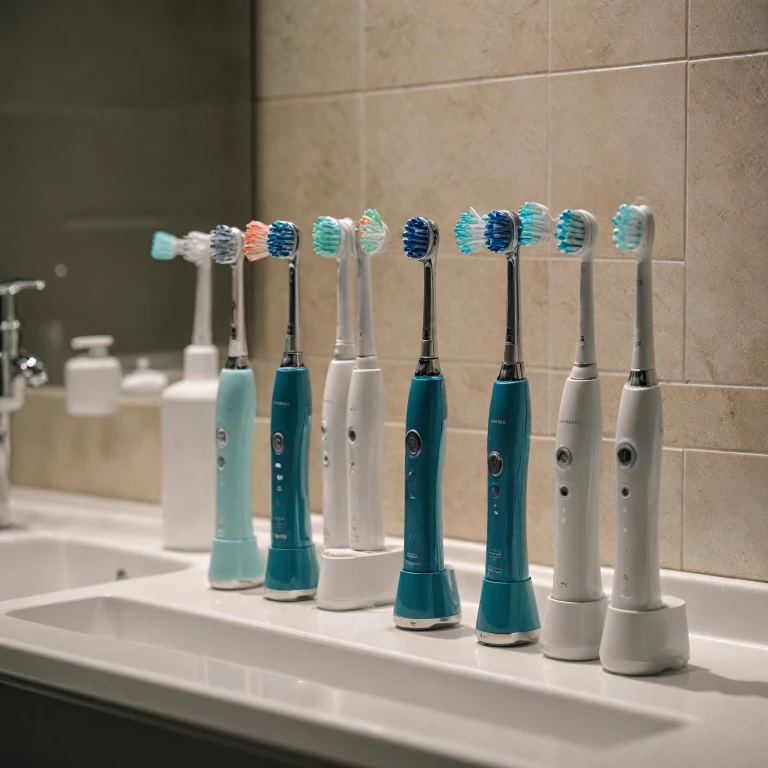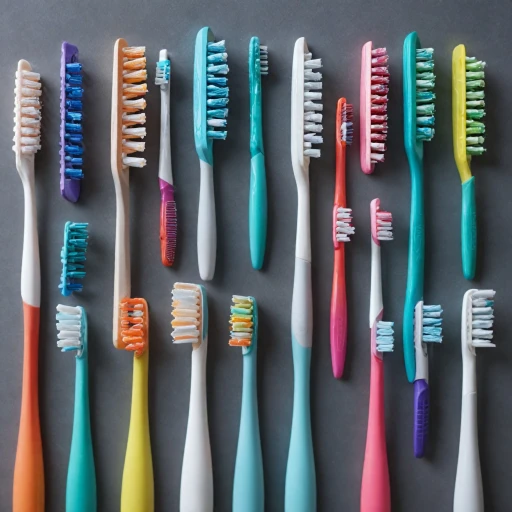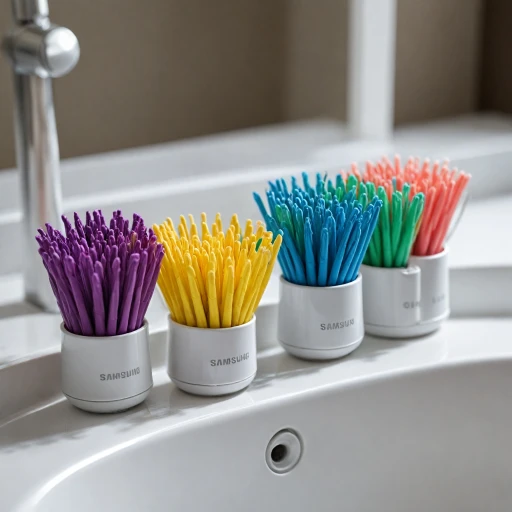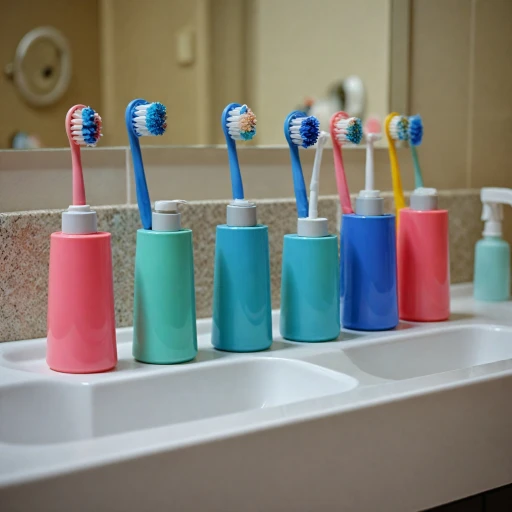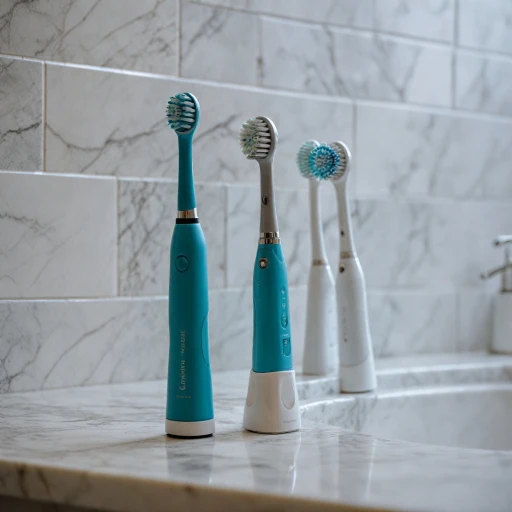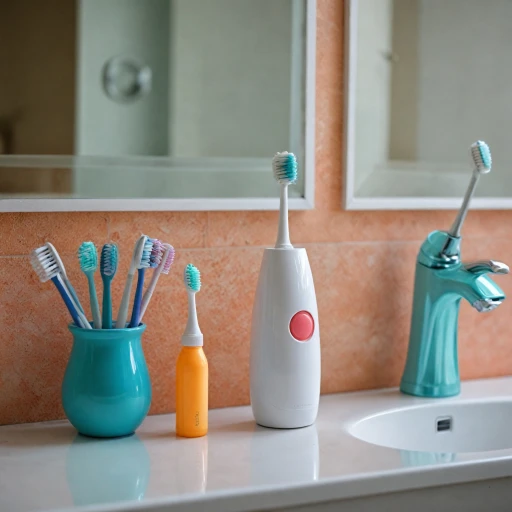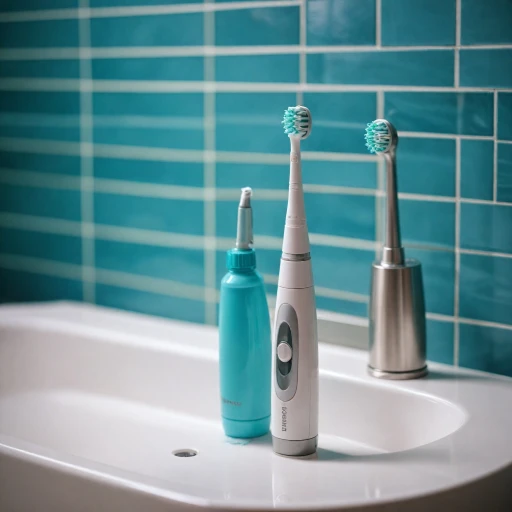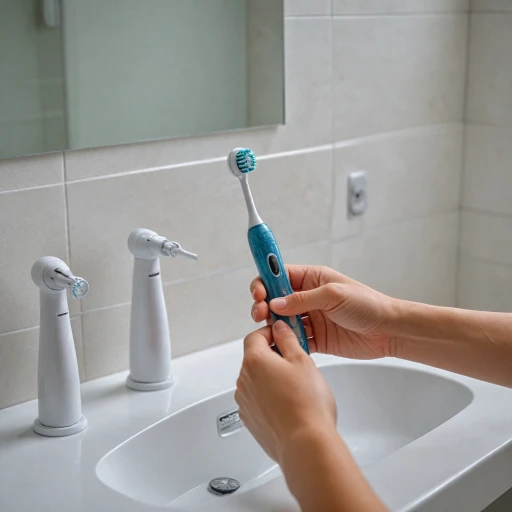
Understanding Periodontal Disease
Understanding the Implications of Periodontal Disease
Periodontal disease, often referred to as gum disease, is a common issue that affects a significant portion of the adult population. It goes beyond merely affecting your gums; it can have serious impacts on your overall oral health. Recognizing the nuances of periodontal disease is key in choosing the appropriate oral care tools, such as the right electric toothbrush, to help manage and potentially reduce its severity. Periodontal disease starts with plaque, a sticky biofilm filled with bacteria, which accumulates on the teeth and along the gumline. When not adequately removed through regular brushing and flossing, plaque hardens into tartar, leading to inflammation of the gums and, ultimately, gum recession. Over time, this can result in receding gums and even tooth loss. Both electric and manual toothbrushes can be used to help control periodontal disease, but many dental experts suggest that electric toothbrushes offer better plaque removal capabilities. Using an electric toothbrush for gum health can provide a more thorough clean, as it often employs oscillating or vibrating motions that effectively disrupt plaque build-up. Keeping a focus on managing periodontal disease with the best electric toothbrush enables users to expertly navigate the challenges presented by gum recession and other symptoms associated with this condition. A meticulous regimen, including thoughtful selection of a toothbrush, can significantly enhance your gum health and contribute to maintaining optimal dental health.Benefits of Electric Toothbrushes for Periodontal Health
Why Electric Toothbrushes Are Essential for Gum Health
When it comes to managing periodontal disease, electric toothbrushes offer significant advantages over their manual counterparts. These devices are designed to enhance oral health by providing a more thorough cleaning experience, which is crucial for individuals dealing with gum disease.
Enhanced Plaque Removal
One of the primary benefits of using an electric toothbrush is its ability to remove plaque more effectively. The oscillating and rotating movements of the brush head can reach areas that are often missed by manual brushing. This is particularly important for those with periodontal disease, as plaque buildup can exacerbate the condition.
Gentle on Receding Gums
For individuals with receding gums, an electric toothbrush can be a game-changer. Many models come equipped with a pressure sensor that alerts you if you're brushing too hard, helping to protect sensitive gum tissue. This feature is essential for preventing further gum recession and maintaining overall gum health.
Consistent Brushing Technique
Electric toothbrushes often come with built-in timers to ensure you brush for the recommended two minutes. This consistency can lead to better oral health outcomes, as it encourages a thorough cleaning routine. Additionally, the consistent motion of the brush head ensures that each tooth receives equal attention, reducing the risk of gum disease progression.
Variety of Brush Heads
Many electric toothbrushes offer a range of brush heads designed for specific oral health needs. For those managing periodontal disease, choosing the right brush head can make a significant difference. Soft bristle options are available to gently clean sensitive gums without causing irritation.
For more insights on selecting the best electric toothbrush for gum health, you can explore this comprehensive guide.
Key Features to Look for in an Electric Toothbrush
Crucial Characteristics of an Electric Toothbrush for Optimal Gum Care
Choosing the right electric toothbrush is essential for maintaining periodontal health, especially if you are dealing with gum disease or have receding gums. Here are some key features to consider:- Brush Head Design: The brush head should be designed to reach tricky areas in the mouth, ensuring a thorough clean. Look for oscillating options that can sweep away more plaque than manual brushing.
- Pressure Sensor: An electric toothbrush with a pressure sensor will alert you if you're brushing too hard, preventing potential harm to your gums.
- Built-in Timers: Timers can help ensure you are brushing for the recommended two minutes. Consistent brushing duration is crucial for maintaining gum health.
- Adjustable Brushing Modes: Having multiple brushing modes can allow for a gentler option specifically designed for those with sensitive gums.
- Long Battery Life: A long-lasting battery, particularly one that supports travel, ensures continuous maintenance of your oral health regimen.
Comparing Electric Toothbrush Models
Evaluating Various Models for Dental Needs
When it comes to choosing an electric toothbrush to help manage periodontal disease and receding gums, comparing different models is crucial. This decision can have a significant impact on your oral health management. With the array of toothbrushes available today, understanding their unique features will guide you toward the best option suitable for your needs. Let's explore what the market offers and how different types compare against each other for maintaining better dental and gum health.
One strong contender for those dealing with gum recession is the Philips Sonicare series. These models are known for their efficient removal of plaque, an essential factor in combating periodontal disease. Their sonic technology creates fluid dynamics that reach between teeth and along the gum line, providing a cleaner oral environment than manual brushing alone.
Another aspect to consider is the type of brush head. Most electric toothbrushes come with replaceable heads, designed to cater to varying dental needs such as sensitive teeth, better gum cleaning, and enhanced plaque removal. Some models even offer customized brush heads that can improve the brushing experience for individuals with receding gums.
- Pressure Sensors: A brush with a pressure sensor is ideal for protecting gums from too much force during brushing, which can be detrimental to already sensitive tissues.
- Travel Accessories: For those who travel frequently, considering a model with a travel case can ensure consistent oral care wherever you go.
- Battery Life: Long battery life is essential for convenience and efficiency, eliminating frequent recharges.
On the higher end of the spectrum, toothbrush models often include features such as smart technology for monitoring brushing habits. This can provide insights into areas that require more attention, ultimately assisting in better overall oral health.
Your choice in an electric toothbrush should align with your oral health goals, especially if gum disease or receding gums are a concern. With thoughtful consideration of the specifications and features that best support periodontal health, you can find a toothbrush that not only cleans your teeth effectively but also supports long-term dental health.
Expert Recommendations and Tips
Gaining Insights from Dental Experts
When it comes to selecting the right electric toothbrush for effectively managing gum health, expert opinion can be invaluable. Renowned dental professionals consistently emphasize the importance of an effective oral hygiene routine to prevent and manage periodontal disease. They often recommend electric toothbrushes over manual toothbrushes for their superior ability to remove plaque and improve gum health. A key feature experts highlight is the presence of a pressure sensor in electric toothbrushes. Many advanced models, such as those from Philips Sonicare, incorporate this feature to ensure you don't apply too much pressure while brushing, which could exacerbate issues like receding gums. Dental experts assert that maintaining gentle yet effective pressure is crucial for preserving gum health and preventing further damage. Additionally, experts suggest looking for electric toothbrushes equipped with multiple brush heads to cater to different oral health needs. Interchangeable brush heads allow users to swap out for the best option depending on their specific gum condition. This adaptability is particularly beneficial for individuals dealing with varying stages of periodontal disease. Finally, many professionals recommend electric toothbrushes for their ability to offer consistent brushing patterns and timers, features that are vital for ensuring thorough cleaning of the teeth and gums. This automated routine can be more effective than manual brushing, as it encourages an optimal cleaning duration and technique. In conclusion, consulting with dental professionals and understanding their recommendations on electric toothbrushes can greatly enhance your oral health routine. Whether dealing with gum recession or managing periodontal disease, choosing the right electric toothbrush can lead to better overall dental health.User Experiences and Testimonials
Real Users Share Their Experiences
When tackling periodontal disease, many users have shared their switch from manual brushes to electric toothbrushes was transformative for their oral health journey. Feedback from individuals who’ve made this shift highlights key benefits linked to effective plaque removal and gum health. Let's dive into some firsthand experiences.
- Increased Cleanliness: Users often report feeling a more thorough clean compared to when they were using manual toothbrushes. The oscillating motions and superior brushing power of electric toothbrushes help in maintaining cleaner teeth and reducing plaque buildup.
- Improved Gum Health: With features like pressure sensors and customized brushing modes, many noticed an improvement in receding gums. The sensors help prevent over-brushing, which can contribute to gum recession.
- Convenience Matters: The convenience of replaceable brush heads and travel-friendly features, such as a compact travel case, adds a practical aspect to maintaining consistent oral care routines, even while on the go.
It's not just about the technical specs, but how these toothbrushes integrate into everyday life. Features like a pressure sensor and different brush heads are not only innovative but essential for those with superior oral health needs.
While these insights are encouraging, it’s evident that different people favor different models. Some opt for popular brands such as Philips Sonicare due to their reliability and advanced technology, while others find value in less pricey alternatives without compromising on features essential for periodontal health.
Always make sure to select the best fit for your unique needs. Investing in an electric toothbrush when managing specific oral health issues like gum disease or receding gums can be a critical step in improving your dental health over time.
